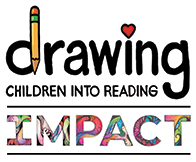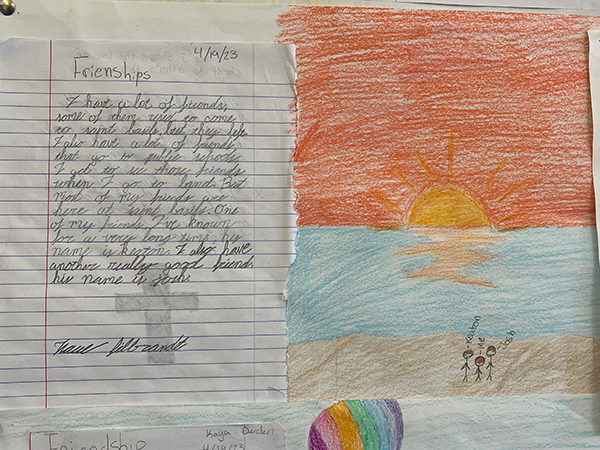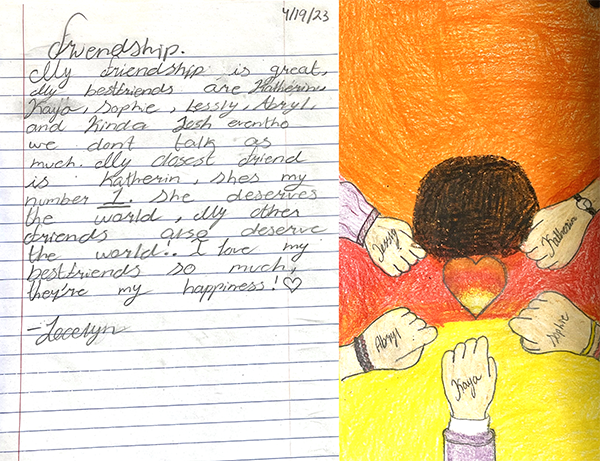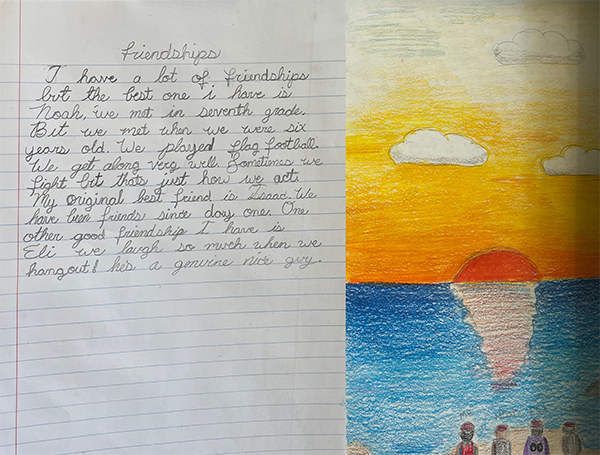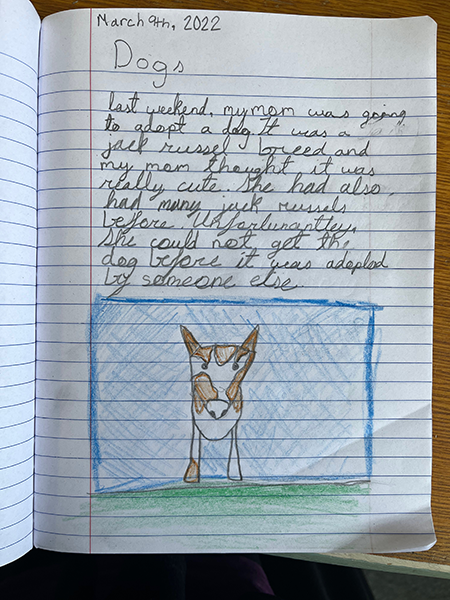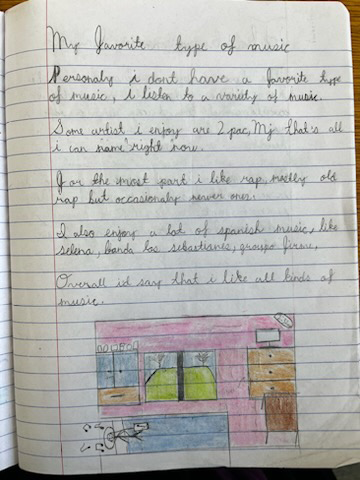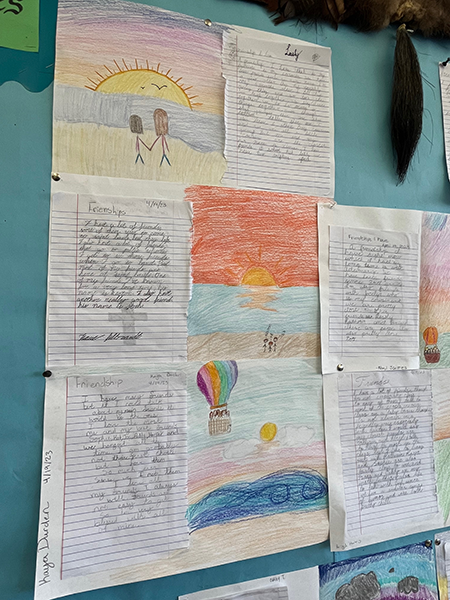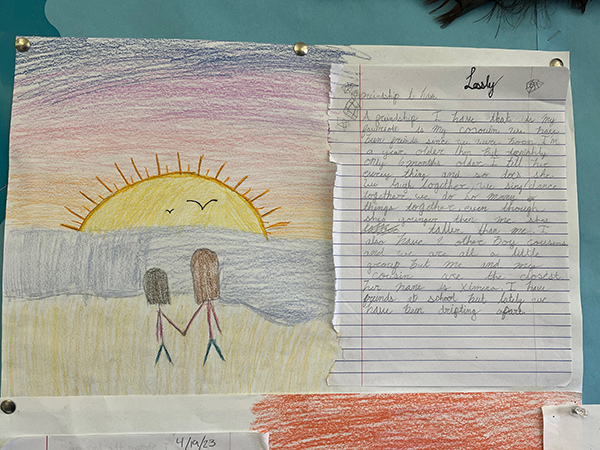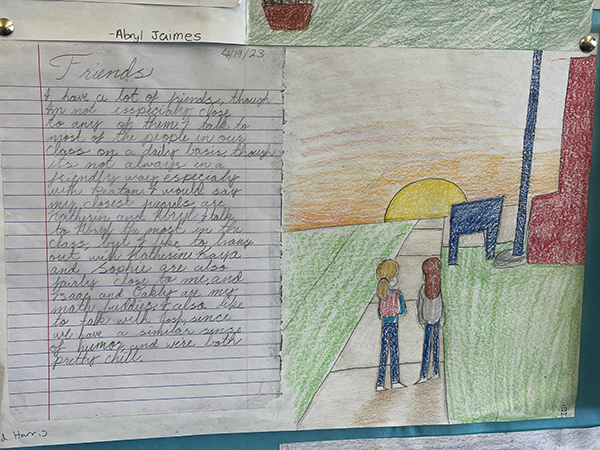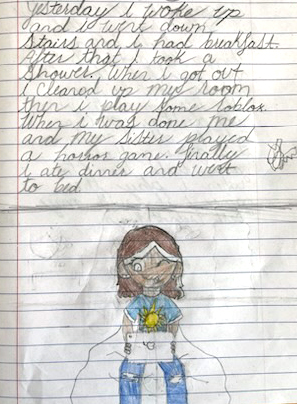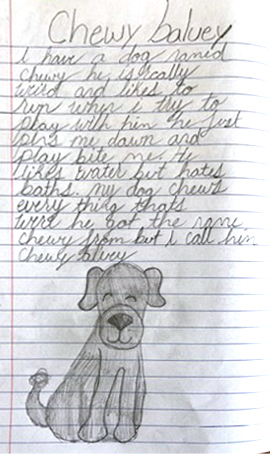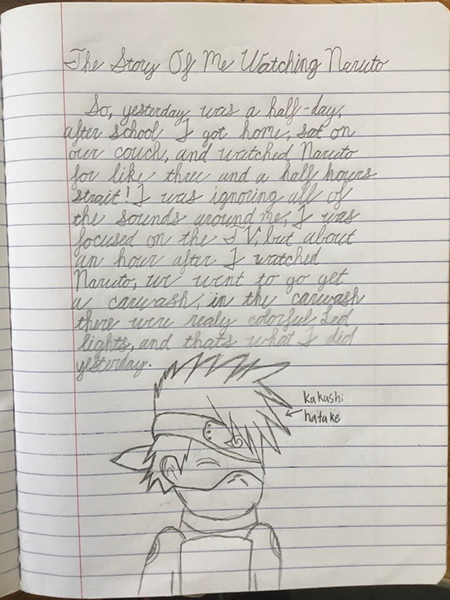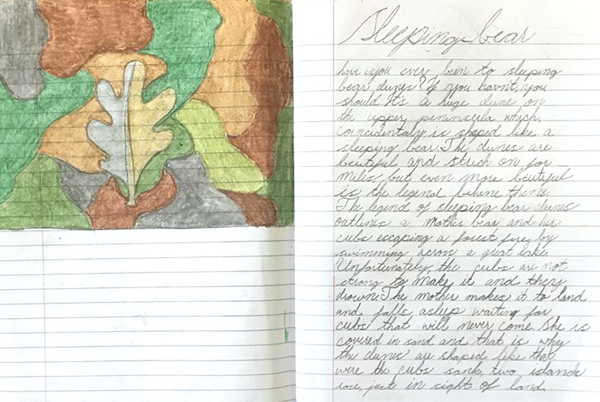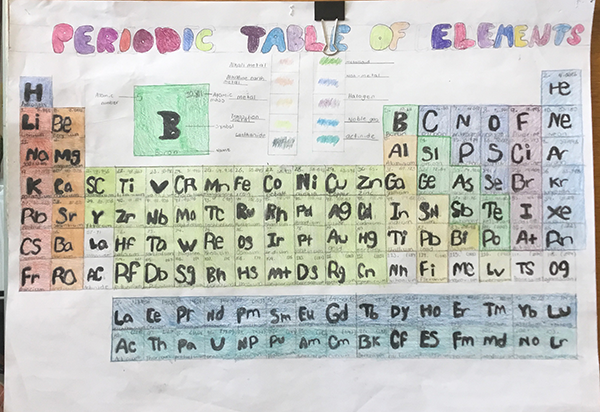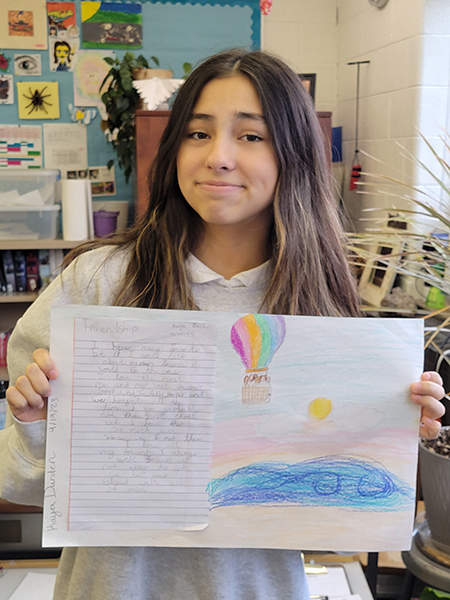
Seventh - Eighth Grade Impact
In the seventh - eighth grade classroom the teacher has the students use cursive writing throughout the year. They do Daily Practices to review cursive writing at the start of the year, in case new students haven't learned cursive in previous years of school. Because these upper level children have had not only cursive but many years of drawing, the teacher creates hands on projects that incorporate artistic creativity, measuring, labeling and diagramming. Math, Science, Engineering, theology, handwriting, focus, and any other cross curricular subjects are incorporated to see how all these subject work together in the world. Students at this level can focus for lengthy periods of time and can spend days working on certain projects. For example, they get to draw true to life representations of planets using pencils, crayons, rulers and compasses. Then pulled it all together with beautiful handwriting, research and add factual data to their illustrations to better understand the elements of their lesson.
Seventh - Eighth Grade Writing With Drawings

“This school year I started my class out with a review of the fundamentals of handwriting, focusing on the use of proper grip & form as well as practice with cursive writing. DCIR daily practice sheets proved to be very useful in this effort. The writing practice sheets were used during the first half of the school year, then I transitioned to having students write regularly (three times a week) in their journals. Some of the journaling work was free writing, but most of the time I gave the students a prompt to give them a start. Occasionally I would also ask them to create a colored illustration to go along with their writing.
In addition to writing exercises I utilized DCIR with science and theology lessons, sometimes using the video lessons provided, but frequently taking the DCIR concept and applying it to my own lessons. Students enjoy the creativity of incorporating art into their lessons, it is engaging and I feel it helps reinforce the lesson, giving better retention. A side benefit of using the DCIR method is that it produces a body of work that is ideal for display, the students can take pride in their work being hung up and displayed around the classroom or in the hallways, plus parents always appreciate seeing their child's work.
I am happy to be using the DCIR approach to learning in my classroom. Even if I were to teach at a school that does not subscribe to DCIR I would continue using this method of teaching because it engages a student’s creativity, makes learning enjoyable, reinforces learning, and produces good results.”
~ Charles Umbanhowar, 7/8 Grade Teacher

